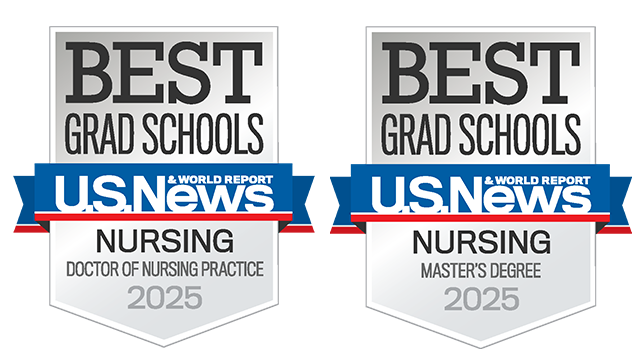Excellence. Community. Diversity. These are more than words at the Johns Hopkins School of Nursing. They are part of the blood that flows through the heart of the school, its students, faculty, and staff. As a top-ranked graduate nursing program in the nation and world, we take our positions as leaders and our roles as global citizens seriously. Our faculty and students come from different backgrounds, locations, and cultures to bring their own experiences into their learning and practice. Students are offered an interprofessional experience that goes unmatched—our campus was built to foster collaboration and the easy sharing of ideas among nurses, doctors, and researchers.
Strong roots within our home neighborhood of East Baltimore offer students as well as experienced nurses a chance to improve the everyday lives of its residents, to grow as caregivers, and to carry lessons learned here out to the global health community. We are building a student body and faculty that reflect the diversity of our East Baltimore community and nation and practice a cultural competence that translates across the world.
“Bring into the school the best possible students, provide for them the best possible instruction, instill into them a realization of their responsibilities, send them out in the profession.”
Elsie M. Lawler
The quote above is etched into the exterior of the School of Nursing as a reminder that our administration, faculty, and staff continue to be committed to this philosophy.

Dean’s Message
Hopkins Nurses will tackle challenges on health care and immigration head on. Whether our graduates work in a clinic, hospital, Congress, or the community, they are empowered to change the world through policy and advocacy.
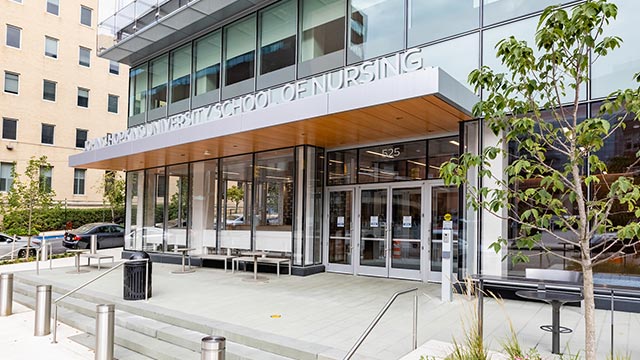
School Facts
The stats, scholarship, and student makeup that make us who and what we are.
Mission & Goals
The mission of the Johns Hopkins School of Nursing is to improve the health of individuals and diverse communities locally and globally through leadership and excellence in nursing education, research, practice, and service.
The academic rigor of our programs, the extraordinary nursing scholarship of our faculty, and our reputation for shaping graduates who are leaders in their profession position us as one of the top nursing schools in the U.S.
Values & Diversity
Along with the values of excellence, accountability, responsibility, and integrity, we embrace diversity to as a way to enhance all of our activities and accomplish the mission of the school. Diversity is one of the five values that the students, faculty, and staff of the Johns Hopkins School of Nursing strive to uphold and exemplify.
Our History:
Connected to the Past, Focused on the Future
1889
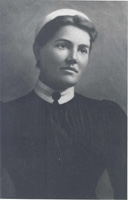
First Superintendent
Isabel Hampton Robb becomes the first superintendent of nurses and principal of the school. She would run Hopkins Nursing with military precision, creating a program that built excellent caregivers, leaders, and innovators.
1889
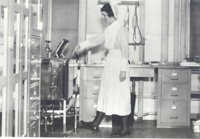
Nursing School Opens
Johns Hopkins Hospital Training School for Nurses opens in October 1889. Johns Hopkins: “I desire you to establish, in connection with the hospital, a training school for female nurses. This … will enable you to benefit the whole community by supplying it with a class of trained and experienced nurses.”
1889
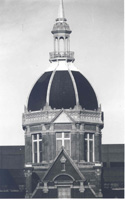
Johns Hopkins Hospital
The Johns Hopkins Hospital opens in May 1889. At his death in 1873, Johns Hopkins left his $7 million estate, an enormous fortune at the time, to fund the hospital and its namesake university.
1892

Alumnae Association
The Alumnae Association of the Johns Hopkins Hospital Training School for Nurses is formed with 38 members.
1900
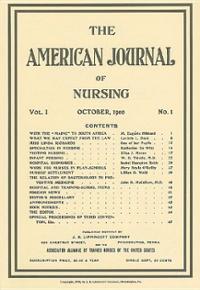
Publications Milestone
M. Adelaide Nutting helps launch the “American Journal of Nursing,” known for its evidence-based approach.
1904
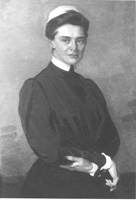
Maryland’s 1st RN
M. Adelaide Nutting becomes the first registered nurse in Maryland. Part of the first graduating class in 1891, she later served as superintendent of nurses and principal, proving a worthy successor to Isabel Hampton Robb.
1914
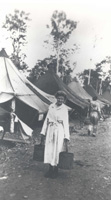
World War I
Hopkins Nurses expand their reach globally through involvement with the American Red Cross and the United States Army Nursing Corps during World War I.
1926
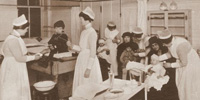
Hampton House
Hampton House, named for the first superintendent of the Training School, opens as a dormitory for nursing students. (In 1894, Isabel Hampton married Hunter Robb, an obstetrician at the Johns Hopkins Hospital.)
1950
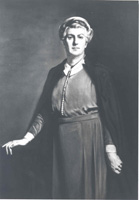
‘Professional Status’
Director Anna D. Wolf insists, “If we want professional status [for nurses], we have to have a baccalaureate degree.” Her determination laid the groundwork for the Johns Hopkins University School of Nursing, opened in 1984.
1959
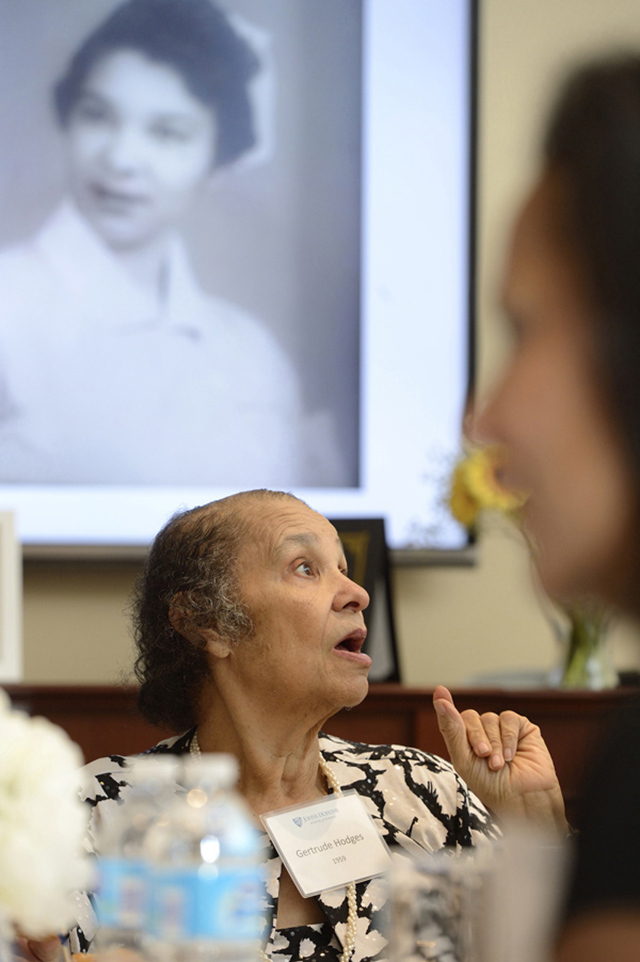
1st Black Graduate
Gertrude Jones Hodges becomes the first African-American graduate. Still an active alumna, Hodges recently had a scholarship named in her honor.
1971
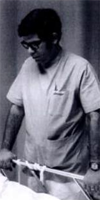
Men in Nursing
Herb Zinder and Jim Levya become the first male graduates. Zinder and son Matthew would later become the first father-son graduates of the school as well.
1984
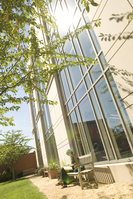
Baccalaureate Debuts
The School of Nursing becomes a degree-granting division of Johns Hopkins University.
1987
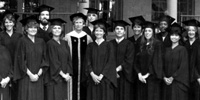
Master’s, Post-doctoral
Master’s and post-doctoral fellowship programs are launched.
1990
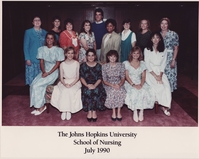
Accelerated Program
The Accelerated baccalaureate program begins. The program turns driven, high-achieving students into BS graduates in just 13 months.
1992

Peace Corps Fellows
The Peace Corps Fellows program welcomes returned volunteers, or RPCVs. Today, the Paul D. Coverdell Fellowship offers financial assistance to RPCVs while helping them translate global experiences into careers as leaders in health care.
1992

Sigma Theta Tau Chapter
Sigma Theta Tau approves the Nu Beta chapter at the school. Each year, exceptional students are invited to join the society, a tremendous honor. Nursing professionals who prove themselves as leaders also may be invited to join.
1993
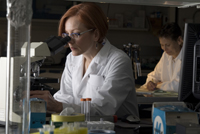
1st Doctoral Program
A doctoral program launches with five students. Today, the Doctor of Nursing Practice (DNP) and Doctor of Philosophy (PhD) programs prepare much larger cohorts of clinical and research leaders to advance the practice of nursing and improve health care locally and globally.
1994
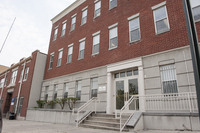
Wald Center
The Lillian D. Wald Center serves vulnerable populations by providing opportunities for student learning, faculty practice, research, and scholarship. Its namesake was a famed American nurse and social worker on behalf of women’s and children’s rights.
1998

Pinkard Building
The Anne M. Pinkard Building, permanent home of the School of Nursing, opens across the street from Johns Hopkins Hospital. It is named in honor of the Baltimore philanthropist’s service to and support of the university and Johns Hopkins Hospital and Health System.
2001
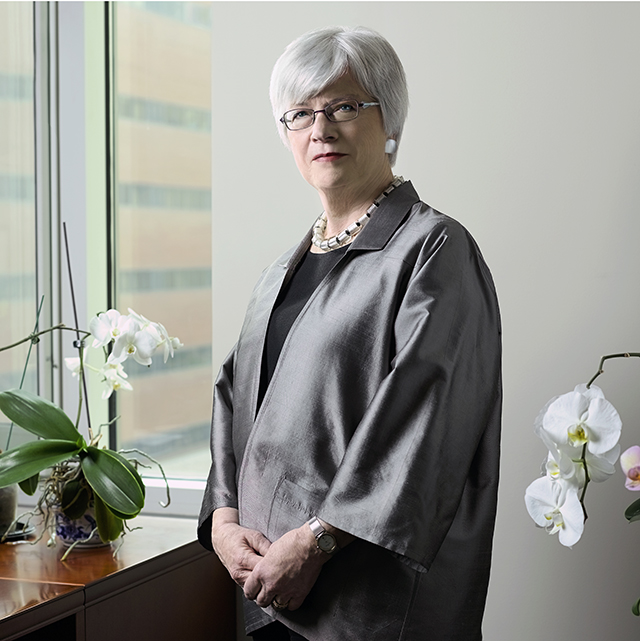
Dean Martha Hill
Martha N. Hill is appointed dean, a position she will hold through early 2014. Her enduring legacy is growth of the campus, student body, curriculum, research funding, and global reputation of the school. JHSON earned its first No. 1 ranking under her watch in 2011.
2004
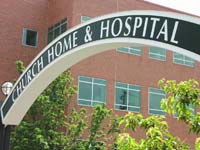
Church Home Alumni
Nursing alumni for Church Home and Hospital join the Johns Hopkins Nurses’ Alumni Association.
2004
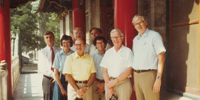
Chinese Partnership
The School of Nursing partners with the Peking Union Medical College to offer the first doctoral education of nurses in China.
2007
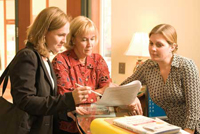
DNP Established
Doctor of Nursing Practice program established. The Johns Hopkins School of Nursing DNP program prepares students to lead health care innovations and influence policy at the highest organizational level.
2013
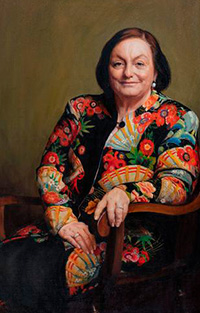
Dean Patricia Davidson
Patricia M. Davidson, known globally as a researcher and mentor, takes the reins of the school. She oversees the launch of the MSN: Entry into Nursing Practice program and expands doctoral programs while leading the move back to No. 1 in U.S. News & World Report’s rankings.
2015
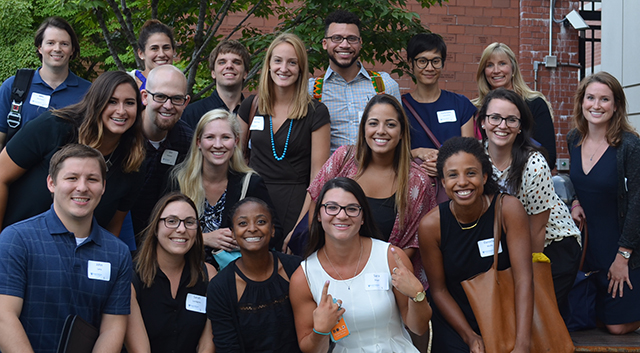
MSN: Entry into Nursing
Unlike traditional programs, the Master of Science in Nursing: Entry into Nursing Practice emphasizes leadership, global impact, quality and safety, and evidence-based interprofessional education.
2016
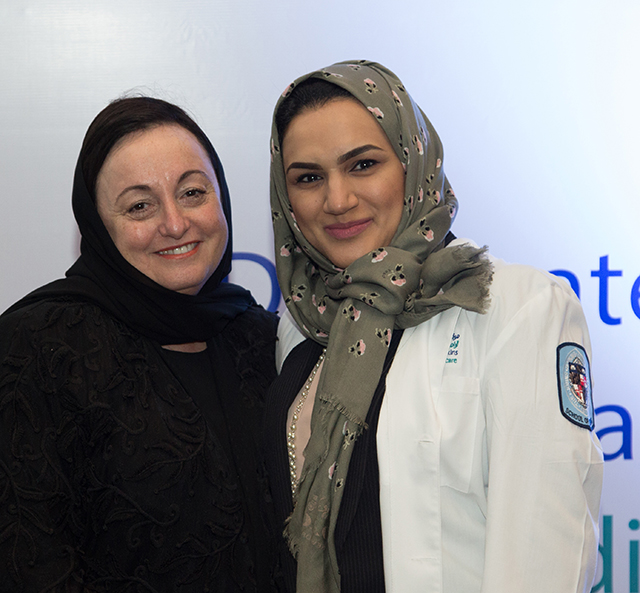
Saudi DNP Cohort
A White Coat Ceremony in Saudi Arabia attended by Dean Davidson and several school faculty members officially welcomes the first Johns Hopkins Aramco Healthcare Doctor of Nursing Practice cohort.
2016
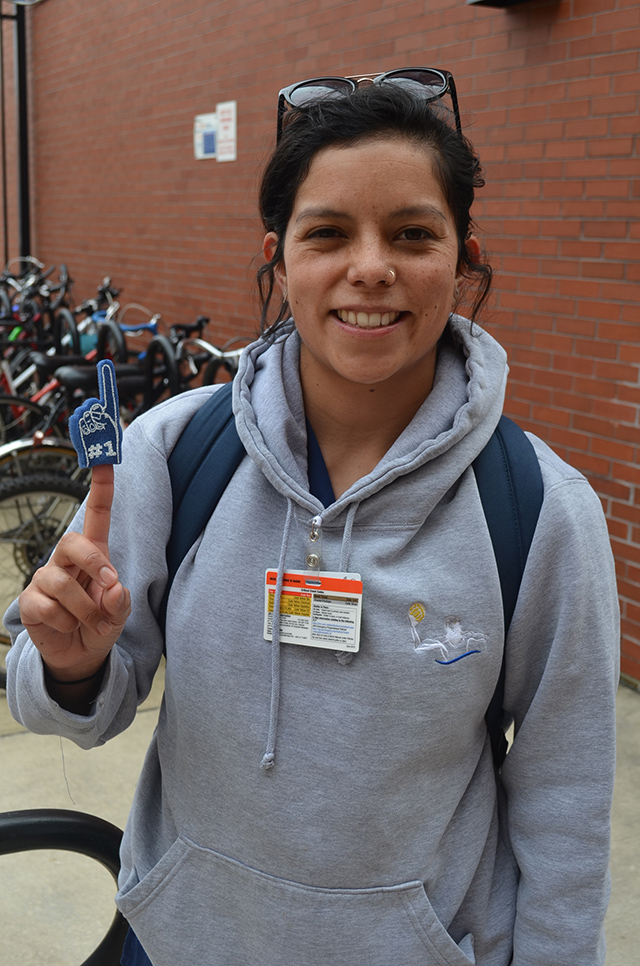
No. 1 Ranking
The school once again earns the No. 1 spot for graduate schools of nursing as U.S. News & World Report releases its rankings for 2017.
2017
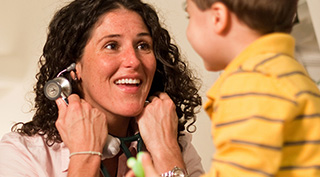
DNP ADVANCED PRACTICE ESTABLISHED
As the need to respond to increasing complexity of delivery and management of care grew, the Johns Hopkins School of Nursing was established to prepare nurses at the highest level of professional nursing practice for advanced roles as clinical and health care policy leaders.
2018

NO. 1 RANKING
The school once again earns the No. 1 spot for graduate schools of nursing as U.S. News & World Report releases its rankings for 2019.
2019

No. 1 Master’s and DNP Program
The school maintained its standing as the nation’s best accredited graduate nursing program, ranking No. 1 in U.S. News & World Report’s 2020 rankings. The DNP program also ranked No. 1 for the first time.
2019

NO. 1 Online Nursing Education
Advancing from its previous No. 5 spot, the Johns Hopkins School of Nursing ranks No. 1 for online nursing education in the 2019 U.S. News & World Report online rankings.
2021
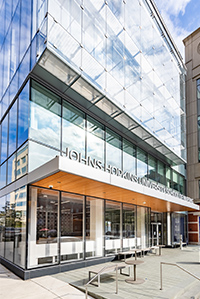
Expanded and Renovated Pinkard Building
The grand opening of the expanded and renovated Anne M. Pinkard Building showcases open and flexible learning areas, innovative event spaces, and an environment for collaboration among students, faculty, staff, and interdisciplinary partners.
2021
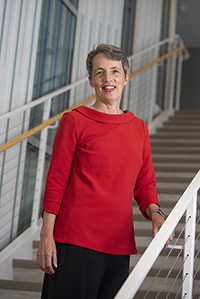
Dean Sarah L. Szanton
Sarah L. Szanton, internationally known for her work in aging, community health, and social determinants of health, is appointed fifth dean, bringing with her a wealth of knowledge and experience as an alumna and longtime faculty member.
